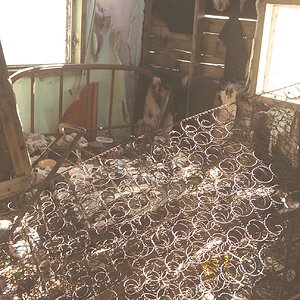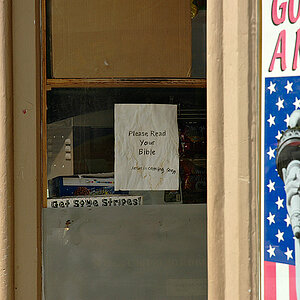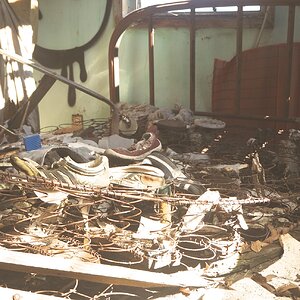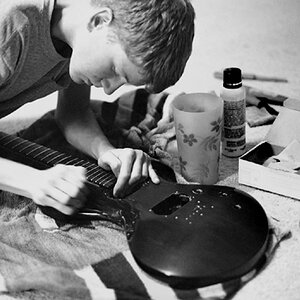soufiej
No longer a newbie, moving up!
- Joined
- Jan 3, 2015
- Messages
- 714
- Reaction score
- 113
- Can others edit my Photos
- Photos NOT OK to edit
Or she'll find the lenses have improved sufficiently to buy new. I'm finding many of my ten year old lens are going to be obsolete after comparing to a few new items. They were great lenses back in their day and I still miss my '72 SS Malibu also - all 10 mpg of it.
"Obsolete" is a by word of modern electronics.
Till then, if she's taking photos with her current camera, then she probably needs a lens that works with that camera.
"Obsolete" is a by word of modern electronics.
Till then, if she's taking photos with her current camera, then she probably needs a lens that works with that camera.


![[No title]](/data/xfmg/thumbnail/32/32707-3c49d54a87afb53e65c60391858400be.jpg?1619735611)


![[No title]](/data/xfmg/thumbnail/41/41765-153b10bab62ae8adbcc4d984fd08ed74.jpg?1619739885)





![[No title]](/data/xfmg/thumbnail/32/32706-50b778fbc110c8ea4472547d54c6a923.jpg?1619735610)
![[No title]](/data/xfmg/thumbnail/35/35212-039632ef3763350189fc49390cb7eadf.jpg?1619736950)
